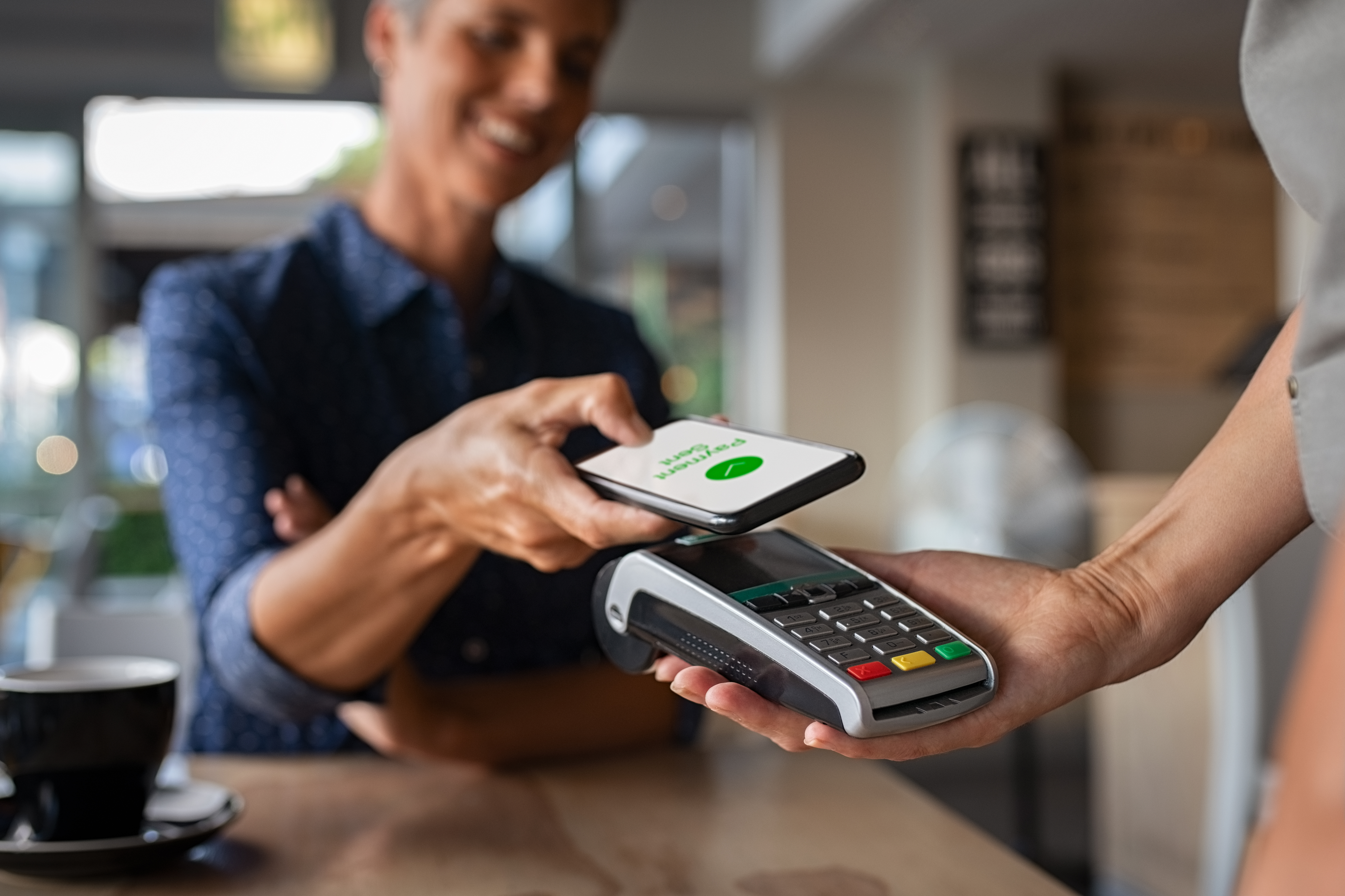Mastercard held a consumer poll where consumer behaviors in 19 countries around the world were studied and found the adoption of contactless payments surging. During the months of February and March, prohibitions were enforced worldwide such as social distancing. This ushered in a significant shift that a considerable number of consumers used contactless card payments in order to make their essential purchases.
It was discovered that 79 percent of participants worldwide said that they were currently using contactless payments. Their reasons for moving towards contactless payments were for cleanliness and safety.
Running To The Store Has A New Meaning
Millions of consumers are finding themselves in a new reality, in the middle of a pandemic. The idea of simply running to the store for basic staples such as eggs and toilet paper has taken on a new meaning. Now consumers must navigate through the “new normal” of practicing social distancing measures such as a limitation to the number of shoppers in a store, standing 6 feet away from each other, etc. As people try to comply with the least contact as possible, they have applied this to their checkout experience.
Nearly one half of respondents or 46 percent have switched use from their regular credit card to the one that offers a contactless option. For those that are under 35 years old, the percentage soared to 52 percent. The largest share of respondents or 82 percent, believe that contactless payments were “the cleaner way to pay.” They also noted that contactless payments are usually ten times faster than other forms of “in-person payments”. This allows customers to get in and out stores at a quicker pace.
Although this trend was brought on by the pandemic, it may remain the standard post-pandemic, as many 74% expressed their intention to continue with contactless payments.
According to Blake Rosenthal, Executive Vice President and Head of Mastercard Acceptance Solutions:
“Social distancing does not just concern people’s interactions with each other; it includes contact with publicly shared devices like point of sale terminals and checkout counters. Contactless offer consumers a safer, cleaner way to pay, speed at checkout, and more control over physical proximity at this critical time.”
Mastercard Has Led The Contactless Movement For Years
It is interesting to note that Mastercard has been leading the way in promoting the “worldwide shift to contactless” for many years, endorsing its straightforward, safe, and quick way to pay. With most consumers concerned with getting in and out of stores, without having to touch any terminals, this has only stimulated growth in contactless transactions. Mastercard revealed that overall contactless transaction growth worldwide was over 40 percent. This all happened in just the first quarter of 2020. The data also showed that over 80 percent of all contactless transactions were under $25. This amount range is usually predominantly cash.
All countries around the world are at different stages in their adoption of contactless payments. However, Mastercard’s perceptions on both pharmacy and grocery trends demonstrated that nearly all areas of the world experienced a substantial growth in contactless usage in both February and March.
Looking Ahead
The COVID-19 pandemic continues to cause what seems like permanent shifts to our societies and economies around the world. One thing is for sure, consumers are not willing to sacrifice their health and safety in order to get the products they need. This might be the new way for most credit card companies to do business as usual.


